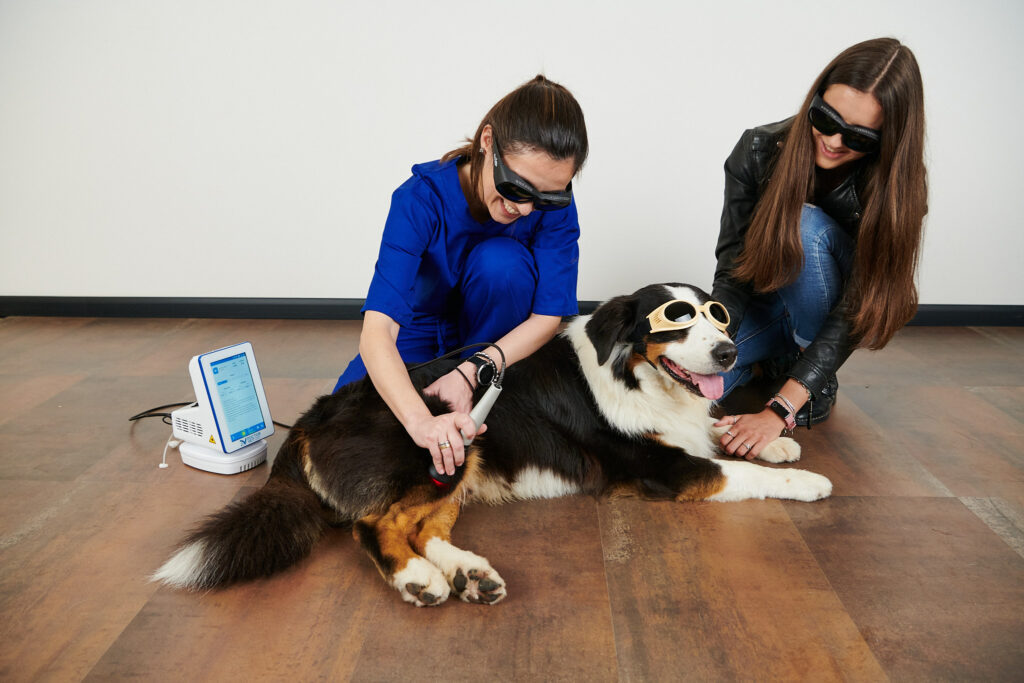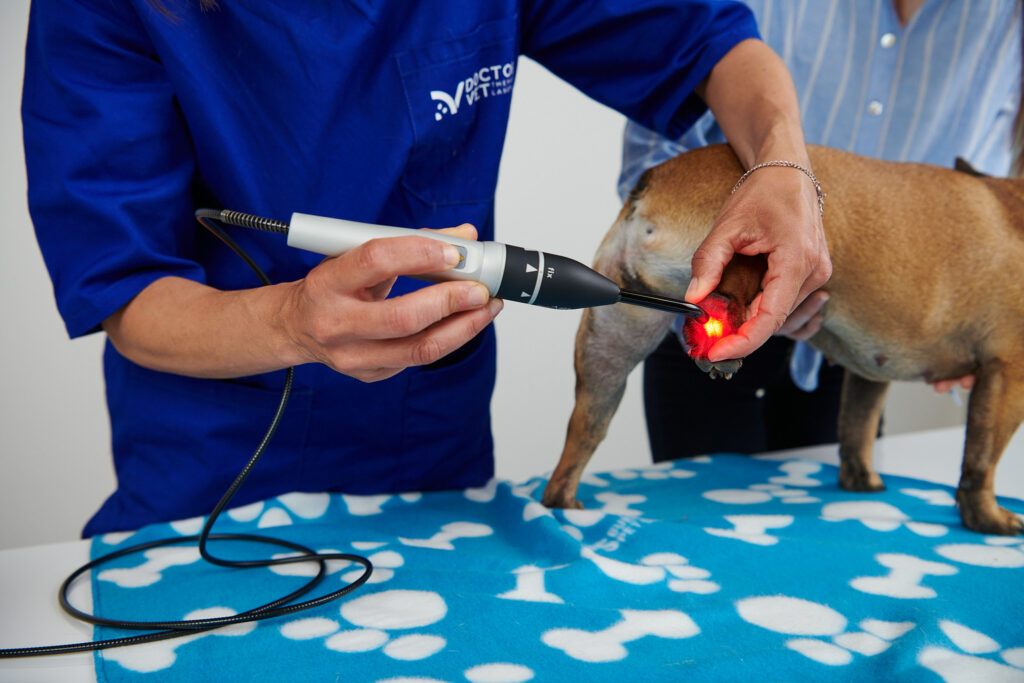Osteoarthritis or osteoarthrosis (OA) is the most commonly diagnosed articular disease in veterinary medicine and negatively affects functionality, with the consequential impact on quality of life for the patients1. It is a progressive and chronic degenerative joint disease that affects 26% of the adult canine population and 80% of geriatric dogs. It is also the most common cause of limping in dogs older than one year2.
The pathogenesis of OA begins in the damaged chondrocytes stemming from the release of pro-inflammatory mediators, causing synovitis, which leads to the release of such mediators as prostaglandins and cytokines (IL-1b and TNF-a), growth factors related to the formation of osteophytes and the nerve growth factor3. The end result is destruction of the matrix followed by alterations in the cartilage repair systems, affecting all the structures in the joint.
Certain factors may aggravate the situation, such as age (>4 years), excess weight (studies exist that show the benefits of weight loss in improving OA4) and breed (there is a greater predisposition among larger breeds).
OA can be categorised as primary or idiopathic and secondary2. Primary OA is characterised by the lack of any underlying disease and usually occurs in patients of an advanced age due to cartilage wear over time. On the other hand, secondary OA is characterised by the presence of a trigger factor (dysplasia, anterior cruciate ligament tear, traumatism, OCD, etc.)2.

These patients present varying symptoms depending on the severity, the most common of which being difficulty in getting up, limping in the cold, walking more slowly, varying degrees of limping and/or reduced physical activity5.
In terms of diagnosis, a correct functional evaluation is essential alongside complementary tests that may include synovial liquid analysis, biomarker study and medical imaging (x-rays, magnetic resonance, CT, ultrasound and arthroscopy). Furthermore, the general condition of the patient should be assessed because this will help establish the best therapeutic options.
Multimodal treatment is important when dealing with OA, including diet, control of activity, environmental improvements, pharmacological treatment, surgical treatment, regenerative medicine, nutraceuticals and rehabilitation.
Thanks to its general effects (analgesia, inflammation control and a biostimulant effect), laser therapy is highly useful in the treatment of osteoarthritis, both in human and veterinary medicine6,7. Laser therapy has an analgesic effect in various ways, potentially helping to alleviate the pain caused by OA8,9. It has been observed that laser therapy reduces and regulates certain cytokines, such as IL-1b and TNF-a10. Furthermore, its biostimulant effect can help to stimulate the regeneration of cartilage11.
Seeing is believing!
Book a demo now to learn how DoctorVet works!

DoctorVet has specific protocols for the various joints based on the characteristics of each one. The five stages present in the DoctorVet protocols consider the various tissues affected in the joint.
Furthermore, these protocols can be combined with general pain and/or inflammation depending on the symptoms in the patient. We recommend the massage treatment head in contact mode. If the patient is unable to tolerate contact mode, we recommend using the scan treatment head in non-contact mode. The scan application technique should be used in both cases.
The treatment schedule requires an initial stage in which these patients are treated 2-3 times/week until the photobiomodulation effects are observed. Subsequently, the sessions can be gradually spread apart until reaching the maintenance stage, in which patients can be treated every 3-6 weeks depending on the individual response of each patient and the severity.

Via dell’Impresa, 1
36040 Brendola (VI)
VAT 02558810244
C.R. VI 240226
© Copyright 2016-2021 LAMBDA S.p.A. | Privacy Policy